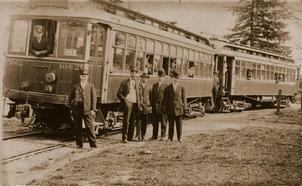
From the early 1900’s until the late 1950’s Waverley was served by Portland’s interurban car line, the Ardgour, named after the William MacMaster property. The name of the MacMaster estate was derived from a town and district, Ardgour, in Argyll, Scotland located between Loch Shiel and Loch Linnhe. William MacMaster, Waverley President in 1900 and 1903, was a manager of many Scottish financial companies. The original line had four stops along the Waverley Country Club property. There was a station named “Golf Links” but usually called “Golf Junction” on the west side of the car line near the present 12th green. Starting in 1909 there was a stop at the “Ardgour” on the northwest corner of William MacMaster’s estate, where the road turns south towards the clubhouse near the 7th tee. This served as the neighborhood stop. The third stop, “Over Links” remains today Waverley’s Junior Clubhouse. The fourth stop at the south end of the polo field was named “Knights” after the owners of the land south of Waverley. Each station was marked with a sign and the operator would call out the names as they approached.
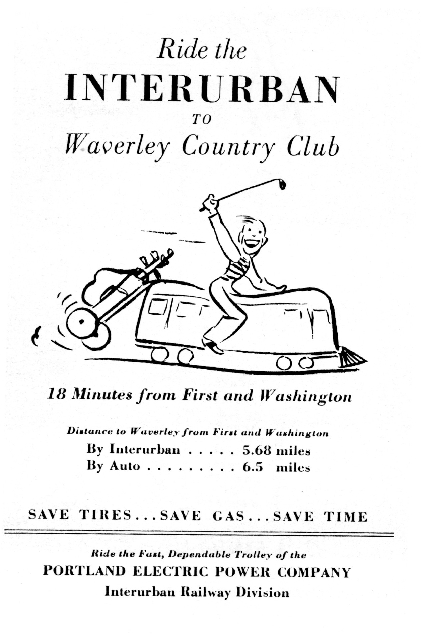

1902
The original clubhouse was renovated with the addition of a dance hall, lounge and grille.
1903
On May 3rd, Rod Macleay and Mrs. Frederick Warner won the 1903 Spring Meet Oregon State Amateur Championship at Waverley.
1904
The list of founding members is expanded to include K.K. Baxter, C.C. Robinson, H.E. Judge, A.H. Birrell, James McI. Wood, A.T. Huggins, Stewart B. Linthicum, P.W. Lindley and Lewis Russell.
William Junor
WAVERLEY’S FIRST GOLF COURSE SUPERINTENDENT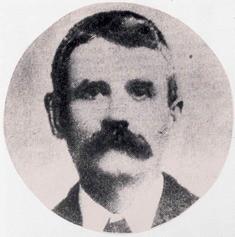
William Junor, head of a golfing family, came to America in 1905. Along with his wife and ten children, the Junors traveled from their home in Aberdeenshire, Scotland to Portland. His brother George had come to America and to Waverley in 1904. William, after his arrival, was hired by Waverley and became Waverley’s first official greenkeeper. His sons Donald and, later, Hugh Junor became Waverley’s greenkeepers in succession until Hugh retired in 1949. After leaving Waverley, Donald became the greenkeeper at Portland Golf Club, where his son Harvey, who retired in 1985, succeeded him. George Junor is credited with building the Tualatin Country Club golf course and was greenkeeper at Alderwood. John Junor, after serving as Waverley’s first official caddy master, went on to become the head golf professional at Eastmoreland, Tualatin Country Club and Portland Golf Club.
The July 19, 1942 “Oregon Journal” stated of William Junor “He started in the days when a band of sheep used to mow the greens and fairways. Shortly thereafter, a horse was purchased to mow the fairways and haul water with which to sprinkle the greens.” Remembered were the days when Waverley members rode horse and carriage across the old Sellwood Ferry. Part of the duties of the Junor Family was to care for the horses while members enjoyed an afternoon on the links. Dedicated to golf and service, the Junor Family exemplified the tradition of a great golfing family. The Waverley-Junor relationship positively impacted the success of other private clubs and golf courses across the region.
William Junor died February 17th, 1916. “A long line of horse drawn vehicles made up the funeral cortege of William Junor. He had frequently expressed the desire that automobiles not be used at his funeral. He is buried in Milwaukie Cemetery, which is adjacent to the golf course.” – Sellwood Bee
1905
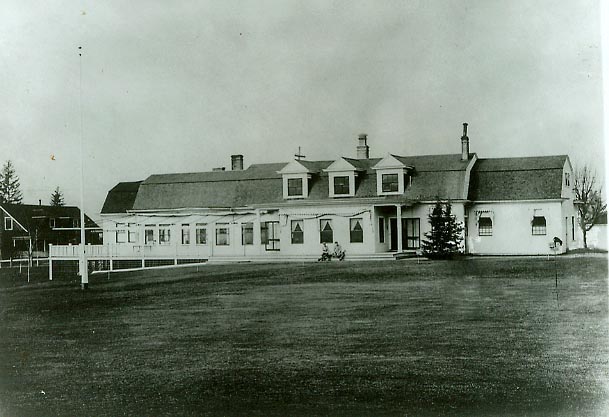
Waverley Clubhouse Circa 1905
1909
William Howard Taft was the first golf-loving president. Even though he was a very large man, he often played and played well. “The beauty of golf,” Taft once said, “is that you cannot play if you permit yourself to think of anything else.” Taft’s predecessor, Teddy Roosevelt, had advised him against participating in such a “sissy” sport, even though he too played some golf. Taft’s golf games were well covered by the nation’s press. The public learned that Taft was fond of yelling at his ball for misbehaving and that the 300-pound president was a poor putter. On October 2 1909, Taft arrives by train from San Francisco. He is hosted by Waverley for a round of golf that afternoon.
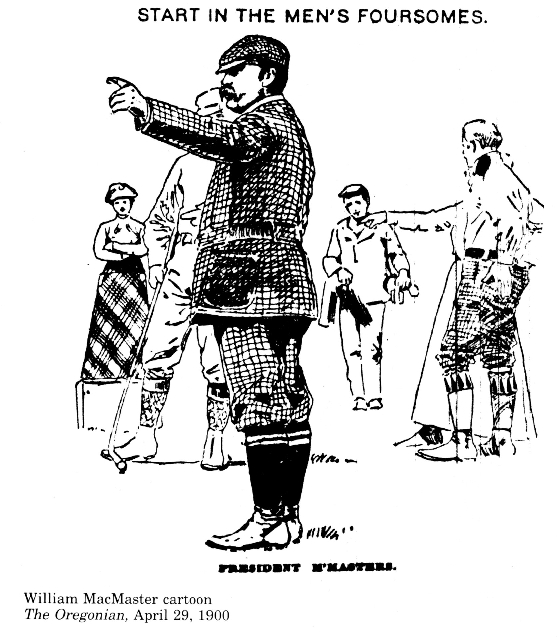
![]()



